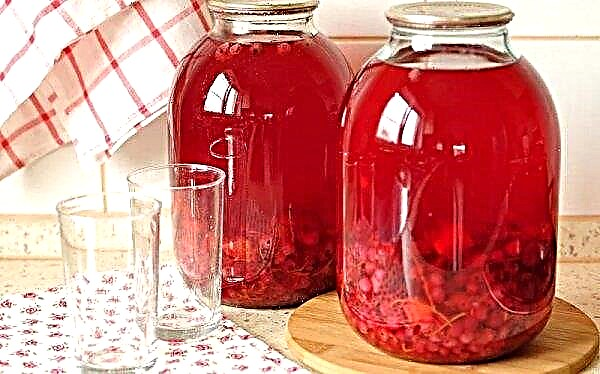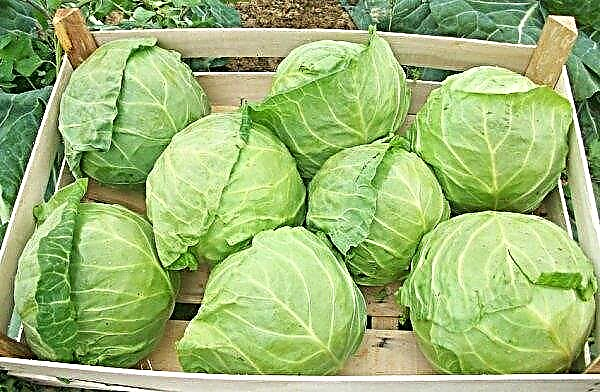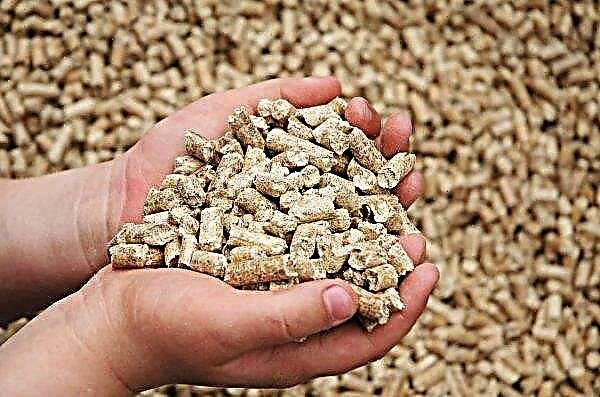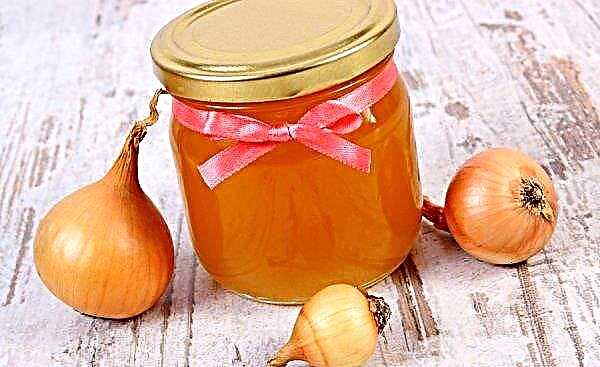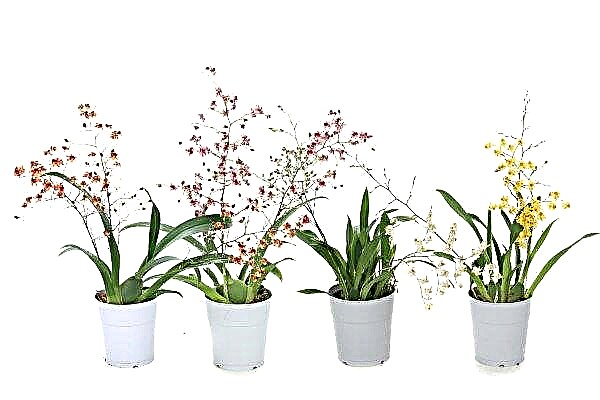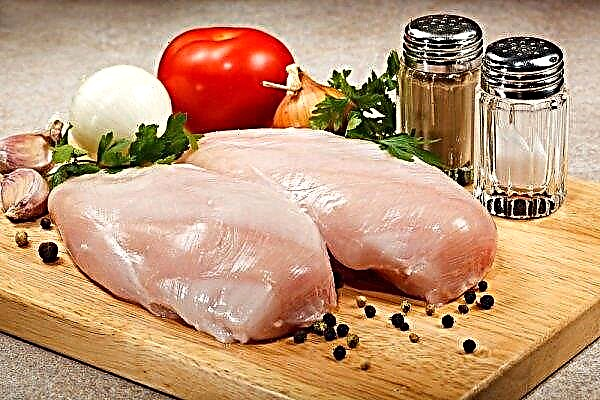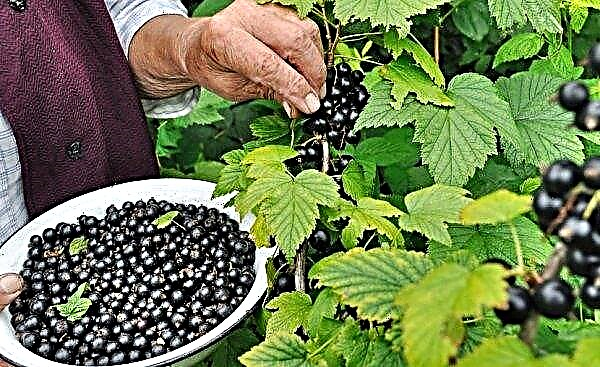Chickens are one of the most popular and useful poultry that has been bred by humans for centuries. They have not lost their popularity in the modern world. They are kept for nutritious dietary meat and eggs. All about the breed of rhodonite chickens, the leaders of the egg direction, read in this review.
A bit of history
German breeders painstakingly worked on the breeding. They crossed the local cross Loman Brown with the American hybrid Rhode Island. Their first “brainchild” turned out to be quite productive, but already from the age of 18 months it was losing its basic qualities.
The second line, obtained from crossbreeding, could boast of its productive qualities, but was intended exclusively for industrial breeding.
Having learned about the work of German colleagues, breeders from Sverdlovsk also decided to try their hand and improve the breed by adjusting it to the local harsh climate. In 2002, they began work on crossing representatives of the second line of cross-country rhodonite, received by the Germans, with cross-country Loman Brown.
It took six years to get the desired result, but it was worth it. It was possible to bring out the third line of the hybrid, which retained excellent indicators of egg production of the second line. In addition, bred chickens have gained an unprecedented ability to tolerate severe frosts without loss of productivity, and also easily adapt to a new environment.
In addition, bred chickens have gained an unprecedented ability to tolerate severe frosts without loss of productivity, and also easily adapt to a new environment.
Did you know? Scientists have found that chickens have a certain level of intelligence that helps them keep in their memory about hundreds of faces and distinguish them, count and distinguish geometric shapes.
Description and distinctive features of the breed
Rhodonite chickens are not much different from other egg breeds, but still there are some features in their appearance that help to distinguish them from the rest.
Appearance
| Appearance | Description |
| Head | shallow |
| Crest | large, leafy, deep red |
| Catkins | large, bright red |
| Beak | yellow, slightly bent, short, in females with a stripe in the middle |
| Neck | middle length |
| Chest | convex |
| Stomach | rounded |
| Wings | poorly developed |
| Tail | erect, small in females, spreading in males |
| Paws | bald, short |
| Plumage and color | fits snugly to the body, light brown, gray / gray-white at the tips of the wings and tail, feathers with a golden tint on the neck |
Character
Chickens are brought in by calm and peaceful creatures, not shy, but they really do not like to sit in one place.
Always run around, fuss. With relatives do not enter into conflicts. They calmly adapt to any living conditions.Advantages and disadvantages
- Positive qualities of the breed:
- high survival rate;
- easy and quick adaptation;
- indiscriminate eating;
- high productivity even in severe frosts;
- Perfect for homestead maintenance.
- Among the shortcomings should be noted such:
- lack of instinct for incubation and, as a result, “loss” of eggs anywhere in the chicken coop;
- poorly gaining mass;
- stiff meat;
- susceptible to attack by common bird diseases.
Content Rules
When Sverdlovsk breeders tested the breed, they kept birds in the cold, and they did not stop laying eggs. But it is better not to expose your layers to such stress and take care of arranging a cozy chicken coop.
Bird house
In order for the birds to feel comfortable in the chicken coop, and it was convenient for the poultry breeder to take care of them, the distance between the floor and the ceiling in the room should be at least 170 cm. The area is calculated based on their number of livestock. On one square meter can feel great no more than two layers. The room temperature must be maintained in the range from -2 ° С to 28 ° С. Keep the desired microclimate ventilation will help. It can be the simplest, in the form of a window leaf and a hole near the floor, covered with a net.
On one square meter can feel great no more than two layers. The room temperature must be maintained in the range from -2 ° С to 28 ° С. Keep the desired microclimate ventilation will help. It can be the simplest, in the form of a window leaf and a hole near the floor, covered with a net.
The main thing is to arrange everything so that there are no drafts. Litter of moss peat or sand will help to keep warm in the room and protect the paws of birds.
Perches are equipped in the warmest place of the chicken coop at a height of 1 m above the floor. It is not necessary to put nests at all, since the Rodonite laying hens lack the instinct of incubation.
But if you do not want to run around the chicken coop in search of an laid egg, then it is best to get nests and put egg models in them so that the hens learn to rush in one place. As nests, you can use ordinary wooden boxes covered with 1/3 of straw.
Important! In a chicken coop, not far from roosts, there should always be a container with sand or ash in which chickens could clean their feathers from parasites. It is desirable to select a large capacity so that several individuals can fit in it.
For the chickens to rush well, you need a long daylight hours (about 14 hours). It is provided thanks to artificial lighting. For these purposes, it is better to choose a lamp with warm light.
Care
The key to good hen health is regular cleaning of the chicken coop. Disinfection with litter replacement is carried out once or twice a month. Wall whitewashing with lime or alkali cleaning is performed twice a year (in spring and autumn), and general cleaning is done once a year. Feeders and drinkers are cleaned of food debris a couple of times a week. Disinfection includes three stages: cleaning, washing and processing with disinfectants. At the first stage, all garbage (litter, waste products, food debris) is removed from the chicken coop, then it is washed without the use of household chemicals, but with disinfection.
Disinfection includes three stages: cleaning, washing and processing with disinfectants. At the first stage, all garbage (litter, waste products, food debris) is removed from the chicken coop, then it is washed without the use of household chemicals, but with disinfection.
At the end of the procedures, the room should dry well, and only then is it treated with chemical or organic substances with disinfecting properties.
Important! When cleaning the chicken coop, birds are evicted for a while. If treatment with substances that are not harmful to animals is expected, then after the first two stages of cleaning the birds can be returned to the premises.
During the disinfection of the chicken coop, ash baths are also subject to change. A wooden box is treated with lime for disinfection and filled with a mixture of sand and ash in equal proportions.
Walking patio
Representatives of the rhodonite hybrid do not tolerate life in cells. They need space for walking. To this end, on the southern side of the house, a walking area is arranged. It is fenced with a high mesh, and a roof is also provided.
In this courtyard, birds can be all summer. For this, feeders, drinking bowls and necessarily ash baths are installed on the territory.
Feeding troughs and drinking bowls
Feeding troughs and drinking bowls can be made of any materials. The main thing is that they are durable and environmentally friendly. The form can also be any, but you need to take into account that birds like to climb into the feeders with their legs and rake everything there.
The feeders are installed on the ground so that the feed is less scattered. Drinking bowls - at the level of birds. So it was more convenient for them to drink, the water will stay clean longer.
Moult and egg laying break
Shedding hens begin around October. At this time, chickens decline in productivity. But egg production does not always stop completely. The later this process begins, the more productive the hen is considered. Usually a little more than a month is spent on molting.
At this time, the bird eats little, but is in great need of vitamin and mineral supplements.
Herd replacement planned
The hybrid was bred specifically for breeding in an industrial environment, therefore, birds of this breed have maintained high egg production rates for a long time. They can be carried for ten years, but already from the fifth year of their life, there will be a decrease in productivity indicators by about 10% annually.
When the livestock reaches four years of age, he needs to prepare a replacement.
Feeding ration
It will not be difficult to create a balanced diet for hens of the rhodonite breed, as feathered ones are unscrupulous in their diet and will gladly eat everything that they will be offered.
Adult chickens
Most often, the basis of the diet of adults is a special compound feed for egg breeds. In addition to it there are dry and wet mixes from various cereal crops, vegetables and greens. To make the wet mash more palatable and satisfying, it can be seasoned with meat or fish broth.
It is advisable to mix small shell rock, crushed eggshell, chalk. In order for the process of digesting food to proceed without complications, containers with calcined river sand or small stones should be placed near the feeders. They can also be mixed in dry mixers and compound feeds.
Chickens
As soon as the chicks dry, they are given a grated chicken egg. Six hours after their birth, wheat grits are added to the egg. After a day, the diet should be varied with cottage cheese, herbs. On the tenth day, the menu introduces meat, fish, vegetables, cereals and animal feed.
Some poultry farmers have already transferred young animals to special compound feeds from a week old.
Did you know? In chicks of the breed rhodonite, 24 hours after the birth of the first signs of sex. Future roosters have light yellow fluff, a dark spot on their heads, and around their eyes — light ring. The small layers on the head and back have a light fluff, and the rings around the eyes are darker.
Like adults, young animals need minerals. They are given chalk, shell rock, eggshell. Sand is also needed for normal stomach function. Chickens drink water colored with potassium permanganate in a slightly pink color. Water changes several times a day. Due to its ability to rush in any conditions, cross rhodonite is very much appreciated by poultry houses, especially those living in the northern regions. With properly organized care from several layers, you can get quite a big profit.
Due to its ability to rush in any conditions, cross rhodonite is very much appreciated by poultry houses, especially those living in the northern regions. With properly organized care from several layers, you can get quite a big profit.
The only thing that can harm the economy of the economy is common bird diseases. Therefore, it is necessary to vaccinate livestock on time.

